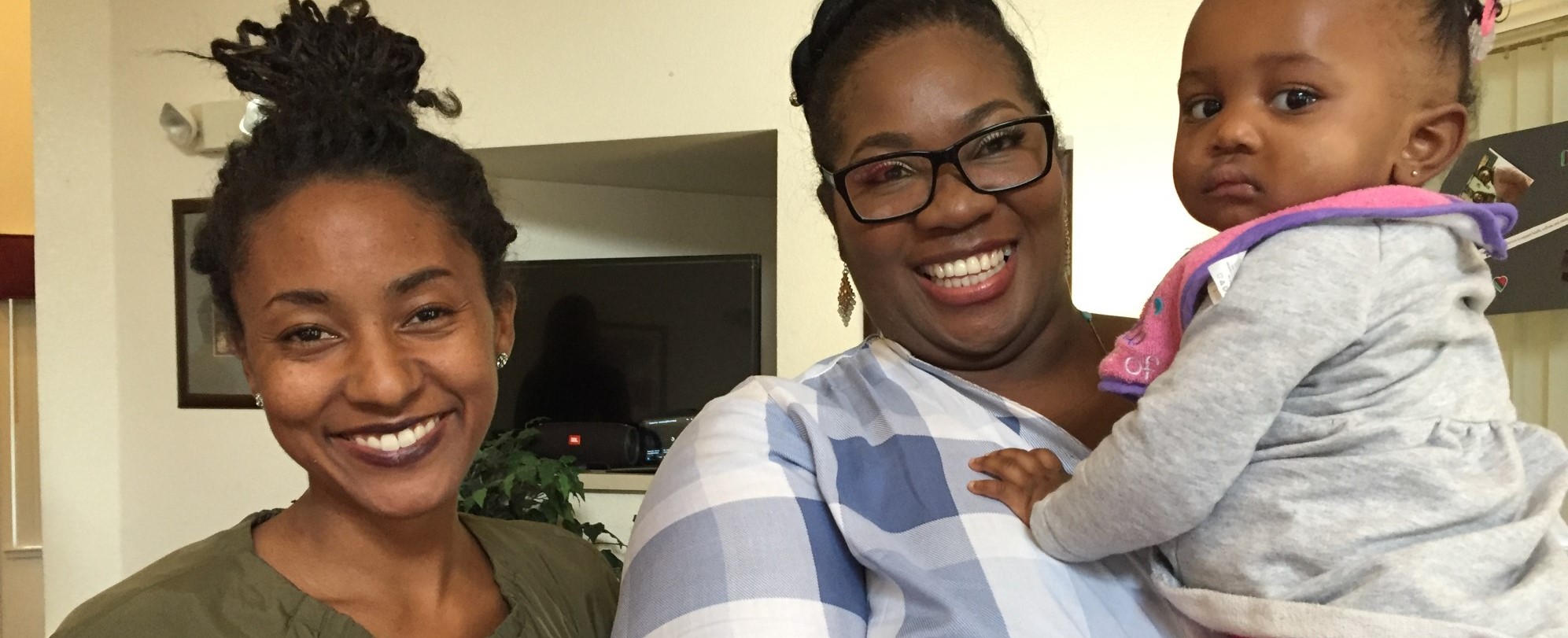Participant and Staff Perceptions about the Program

Public health recognizes that racism1, as well as social and economic stressors, play a major role in poor birth outcomes—babies born too early and too small—for Black women and birthing people. The California Black Infant Health (BIH) Program is an evidence-informed group model with complementary one-on-one life planning designed to improve birth outcomes in the Black community by enhancing life skills, improving strategies to reduce stress, and building social support. An evaluation of prenatal program implementation and outcomes was conducted for participants enrolled between July 1, 2015 and June 30, 2018 across 17 sites in 15 local health jurisdictions throughout California. For additional details about the program, the evaluation and other results please visit: cdph.ca.gov/BIH.
This brief examines the results of surveys administered to gauge participant and staff perceptions of BIH. These survey responses are important because participant experiences provide an understanding of the lived impact of BIH and how it is meeting individuals’ expectations. Analyzing staff satisfaction and engagement is important to understanding staff’s sense of purpose and happiness with their work environment. Feedback from participants and staff can help to identify areas of the program that work well and areas that need improvement, which helps ensure that BIH is meaningful and engaging.
Following participation in the prenatal portion of BIH, 745 participants completed a satisfaction survey reflecting on how the program helped them, what they liked the best about the program and what ways BIH made a difference in their lives. Participants responded to four items on a 4-point scale (Figure 1) and two open ended questions (Figures 2 and
3).